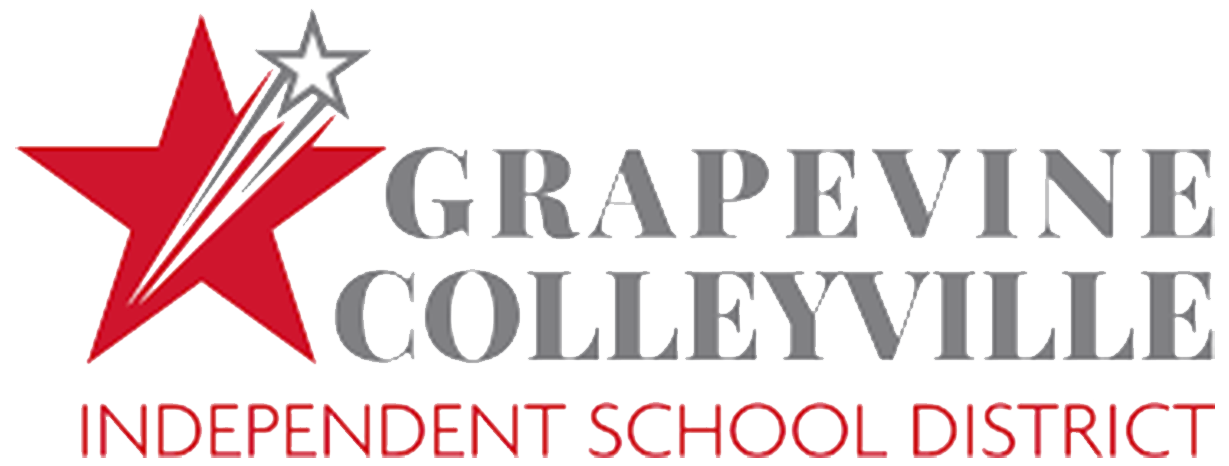GCISD has launched Curriculum Corner to provide families an inside look at the academic resources and progress of students. The story below is the first in this series. Look for more stories to be shared throughout the school year.
GCISD’s bilingual program has seen a remarkable 89% increase in the number of students who were reclassified from emergent bilingual to English proficient between the 2022-2023 and 2024-2025 school years—a success district leaders say is the result of intentional, student-centered changes.
“We are very proud of the work our teachers and campuses have done to ensure that every student has access to the resources they need to succeed,” said Director of Bilingual Services Dr. Elena Guerrero. “This kind of growth doesn’t happen by chance—it’s the result of a complete program evaluation, a targeted instructional shift, and consistent support for students, families and teachers.”
According to Guerrero, the success stems from three major improvements made over the last two years.
Providing More Time in English Instruction
One of the most significant changes was immersing emergent bilingual (EB) students into more English instruction. In the second semester of the 2022-2023 school year math instruction was changed to English-only at Timberline and Silver Lake Elementary Schools, campuses with 63% of the district’s elementary EB students.
Refinements were also made to the dual language programs at the elementary campuses since data showed that few EB students were advancing to English proficiency levels. Per state law, the goal of bilingual program models is for emergent bilingual students to attain English proficiency. The refinements were to increase the amount of exposure to English instruction. That change was also the recommendation of a Dual Language Advisory Committee comprised of educators, some of whom are also parents of students in the bilingual program.
“Students only have 187 instructional days a year,” Guerrero explained. “If half of that time is in Spanish, that’s 93 days where they’re not being immersed in English. For students whose goal is English proficiency, that limits their growth.”
This change allowed emergent bilingual students to engage more consistently with English, accelerating their language acquisition.
Raising Awareness and Monitoring Progress
Another key factor was involving students and families. The Bilingual Services team began tracking each student’s TELPAS and STAAR results and sharing progress data directly with middle and high school students. TELPAS and STAAR are the two state assessments where emergent bilingual students need to demonstrate English proficiency in order to be reclassified. TELPAS stands for the Texas English Language Proficiency and Assessment System, and STAAR is the acronym for the State of Texas Assessments of Academic Readiness.
“At the secondary schools, we sat down with students and shared with them, ‘Last year, you scored here. This year, here’s what you need to reach advanced high,’” Guerrero said. “When students see that they’re close, it motivates them. It builds ownership.”
Students began to see how crucial their reclassification was to providing additional opportunities since they no longer have to be enrolled in the English class for bilingual students, freeing up their schedule to take other electives.
Beyond the classroom, being English proficient, “gives students life skills such as the ability to apply for scholarships or not rely on translators,” Guerrero stated.
At the elementary level, the bilingual services team began building relationships with families to make them aware of their students’ scores. They also poured into increasing touch points with families, an effort that has resulted in a 145% increase in bilingual parents’ engagement between the 2022-2023 and 2024-2025 school years..
Additionally, the team brought required reclassification tests directly to campuses, ensuring that students didn’t miss opportunities to possibly be reclassified to exit the program. Guerrero explained that some districts test students by inviting families to a centralized location to take the reclassification assessment, which could possibly result in fewer students reclassifying.
Utilizing Districtwide High-Quality Instructional Tools
In the past, teachers had to create or translate their own bilingual teaching materials. That changed with the board’s purchase of districtwide curricula like HMH for reading, which provided resources for teachers to monitor student growth more effectively. Some campuses began to use the materials in the spring of 2023 and all schools were using them by the 2023-2024 school year. GCISD also uses Summit K-12, a digital platform to support English proficiency. This coming school year, i-Ready, which the district is using to support the district’s K-8 teachers with personalizing instruction in reading and mathematics and already has Spanish resources, will also have a Spanish diagnostic assessment.
“Having cohesive materials across both languages has made a big difference,” Guerrero said. “It gives teachers the tools they need to focus on instruction, not translation.”
Students also receive instructional supports like word banks, graphic organizers, and sentence stems. Those resources are selected by the campus Language Proficiency Assessment Committee (LPAC), which includes a parent, teacher and administrator.
For GCISD, reclassification is more than a data point.
“It’s helping students prepare for a successful future. Becoming English proficient means access,” Guerrero said. “It opens the door to electives, career pathways, scholarships, and more opportunities. It’s how we ensure every student is independent and capable and career or college ready when they graduate from our schools.”

